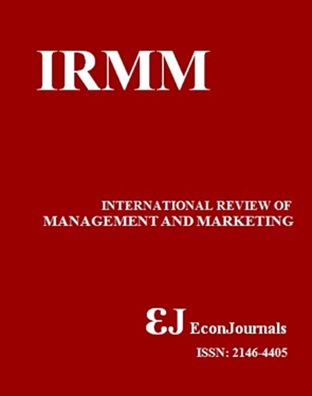Influence of Green Logistics Practices on Environmental and Social Performance of Logistics Firms
DOI:
https://doi.org/10.32479/irmm.18568Keywords:
Green Logistics, Environmental Performance, Social Performance, Logistics Firms, Inbound Green Logistic, Outbound Green LogisticsAbstract
This study looks at how logistics companies’ economic, social, and environmental performance is affected by inbound and outbound green logistics (IGL and OGL) strategies. The results show that both IGL and OGL greatly improve sustainability outcomes, especially when it comes to the economic and environmental aspects. The measurement model’s constructs all meet the acceptable Cronbach Alpha level of 0.70, demonstrating great internal consistency as well as superior reliability and validity. Moreover, CR and AVE values indicate the model’s robustness, while model fit indices such as Chi-square/df (1.681), GFI (0.898), TLI (0.945), CFI (0.956), and RMSEA (0.056) confirm that the model fits the data well. According to hypothesis testing, IGL has a minor but significant impact on economic performance, while having a positive impact on social and environmental performance. On the other hand, OGL has no discernible influence on social performance but has a considerable beneficial impact on economic and environmental performance. These results highlight both the need for more research into the potential social benefits of OGL in the logistics sector and the significance of green logistics in boosting sustainability in logistics firms.Downloads
Downloads
Published
2025-06-23
How to Cite
Garg, A., & Vemaraju, S. (2025). Influence of Green Logistics Practices on Environmental and Social Performance of Logistics Firms. International Review of Management and Marketing, 15(4), 313–319. https://doi.org/10.32479/irmm.18568
Issue
Section
Articles
Views
- Abstract 36
- FULL TEXT 18




